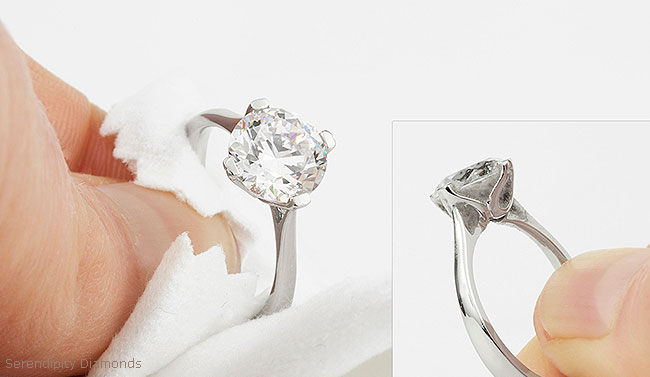Introduction to Diamonds
Diamonds have captivated human fascination for a truly extensive timespan, valued for their rarity, brilliance, and moving beyond beauty. Traditionally mined from the Earth, natural diamonds have for quite a long time been images of extravagance and moving beyond adoration.
Understanding Lab-Made Diamonds
In contrast, lab-made diamonds, also known as synthetic or refined diamonds, are created through technological cycles that replicate the natural diamond-creating climate. These diamonds display identical chemical and physical properties to natural diamonds lab made diamonds vs real, yet their starting focuses lie in laboratories rather than profound inside the Earth’s mantle.
Natural Diamonds: Formation and Characteristics
Natural diamonds structure under colossal strain and heat profound inside the Earth more than large number of years. Their excursion to the surface is a geological marvel, achieving diamonds with charming characteristics shaped by their continuous circumstance.
Quality Factors: Lab-Made vs Natural Diamonds
While comparing lab-made and natural diamonds, the traditional 4Cs — Cut, Variety, Clarity, and Carat — act as benchmarks for assessing quality. The two sorts are evaluated based on these factors, although nuances in each sort may affect their grading.
Environmental Impact
The environmental impact of diamond mining is a significant concern, often associated with habitat obliteration, water contamination, and carbon emanations. In contrast, lab-made diamonds are advanced as a more sustainable alternative, with minimal environmental impression.
Cost Comparison
While the expense of diamonds varies generally based on quality and market demand, lab-made diamonds typically offer a more affordable choice compared to their natural counterparts. Factors, for example, creation proficiency and stock organization dynamics impact estimating.
Popularity and Market Patterns
The market for lab-made diamonds has grown considerably as clients increasingly revolve around sustainability and ethical obtaining. Regardless, natural diamonds retain areas of solidarity for a presence because of their historical significance and cultural imagery.
Durability and Hardness
Both lab-made and natural diamonds share exceptional hardness and durability, making them suitable for various industrial and commercial applications. Contrasts in crystal configuration may impact certain characteristics like durability.
Ethical Considerations
Ethical worries encompassing natural diamond mining, including issues of human distinctions violations and environmental degradation, have affected clients to search for alternative choices, for example, lab-made diamonds, which are created under controlled conditions.
Cultural Encounters and Traditions
Diamonds hold profound cultural significance around the world, addressing wealth, love, and obligation. While natural diamonds have settled in themselves in cultural traditions, lab-made diamonds are gaining acceptance as a state of the art choice reflecting ethical considerations.
Certifications and Authentication
Both lab-made and natural diamonds go through certification cycles to validate their quality and authenticity. These certifications give buyers assurance regarding the diamond’s starting point and characteristics, affecting purchasing choices.
Utilizations and Applications
Past adornments, diamonds track down applications in various endeavors, including gadgets, medication, and cutting apparatuses. The suitability of lab-made or natural diamonds relies on express necessities like temperance and clarity.
Extended length Investment Potential
Placing assets into diamonds incorporates considering factors like rarity, market demand, and financial circumstances. While natural diamonds historically appreciate in value, the creating market for lab-made diamonds offers potential investment amazing entryways driven by technological advancements.
Lab grown diamonds, also known as cultured or synthetic diamonds, are created through advanced technological processes that replicate the natural conditions under which diamonds form in the Earth’s mantle. These diamonds possess the same physical, chemical, and optical properties as mined diamonds, but they are produced in a controlled environment in laboratories rather than being mined from the Earth’s crust.
Purchaser Advice: Picking Between the Two
While picking between lab-made and natural diamonds, factors like spending plan, ethical considerations, and personal inclinations play crucial positions. Understanding the differentiations between these diamonds engages clients to make informed choices aligned with their values.
Conclusion
In conclusion, the debate between lab-made and natural diamonds spins around considerations of authenticity, morals, sustainability, and cost. While natural diamonds encapsulate tradition and rarity, lab-made diamonds address technological innovation and environmental stewardship. Ultimately, the choice between the two sorts relies on individual necessities and values, shaping the future landscape of the diamond business.



